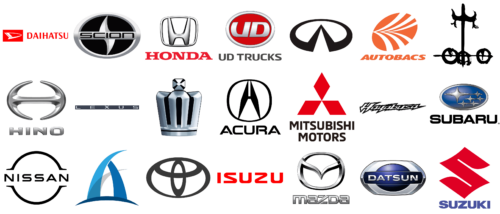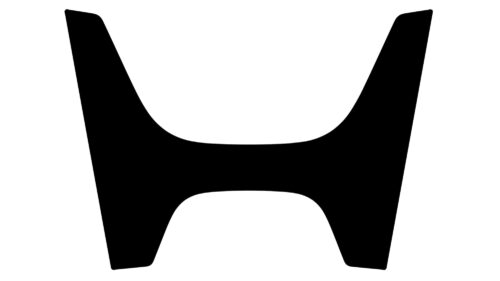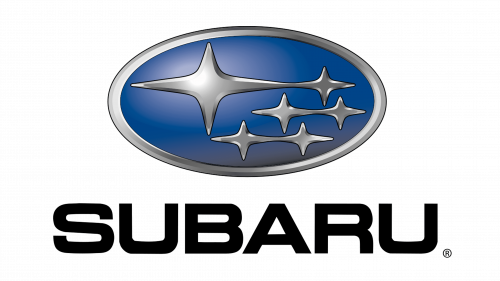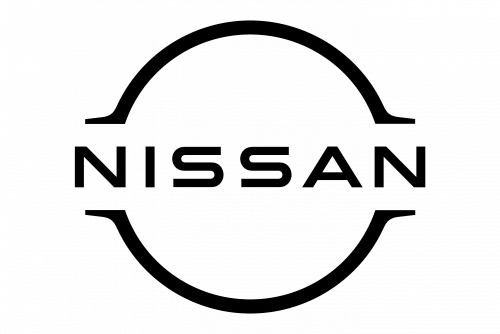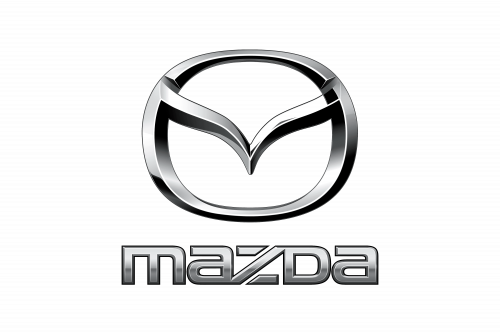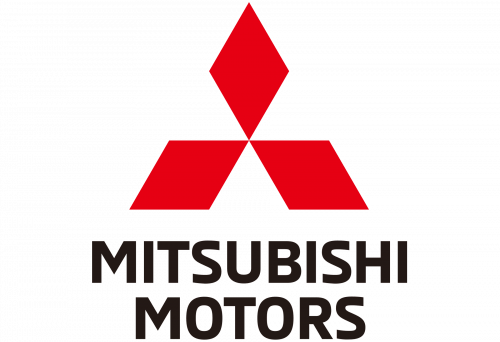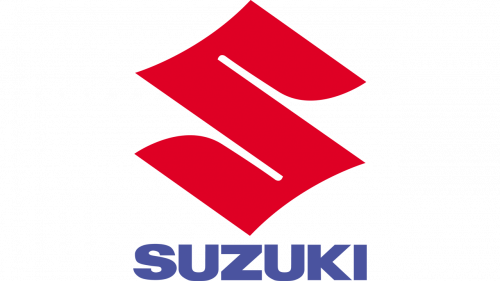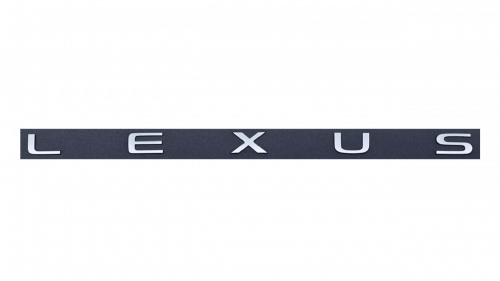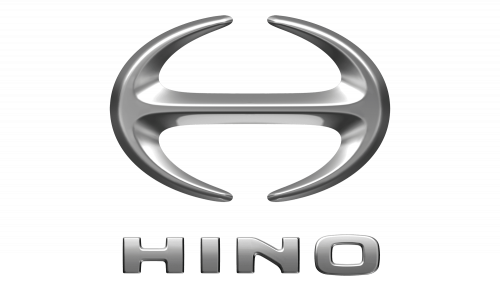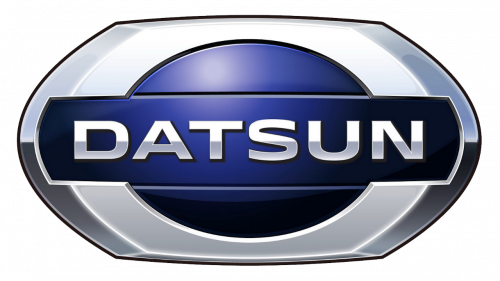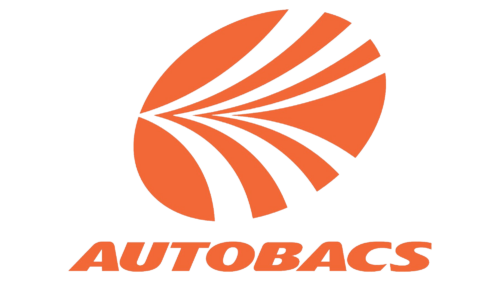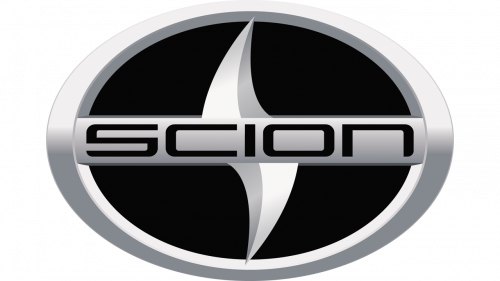Even though in recent years the Asian car market has been increasingly filled with cars from South Korean and Chinese manufacturers, Japan will remain one of the world’s automotive leaders. Cars of brands from this country are exported all over the world and are known for their highest quality and stylish design.
As with everything that is produced in this country, Japanese cars are characterized by such qualities as safety, efficiency, and comfort. In this article, we have collected the most famous and outstanding Japanese car brands.
Toyota
The company, founded in 1924, opened a car division, Toyota Motors, as early as 1937. Today, Toyota is the largest auto manufacturing concern in Japan. Models of this brand are exported to dozens of countries and are the best-selling in the world. German Volkswagen is the only rival in terms of sales of the brand. Toyota defends the honor of Japanese brands to the world from year to year, and its lineup includes sports cars and hybrid hatchbacks as well as pickups and SUVs. In addition to the car industry, the company is also engaged in financial services.
Honda
Honda is a legendary Japanese company founded by Soichiro Honda in the 1930s. During World War II, the plant was almost destroyed, but the founder of the company revived it practically from scratch. In the first stages of its existence, the company dealt with the production of components for engines and then switched to the assembly of motorcycles. The first car came off the assembly line only in 1963. Today, Honda is deservedly considered one of the most popular cars on the world market. The brand’s portfolio includes not only cars but also motorcycles, airplanes, and even robots.
Subaru
Subaru is a division of Fuji Heavy Industries, which was established in Japan in 1915. The name Subaru appeared already in the fifties, along with the prototype Subaru P-1. This company was originally created as a machine-building company. The first cars were assembled according to the drawings, and purchased from the French concern Renault. The main chip of this brand is an opposed engine, which is much stronger than the standard inline engine with horizontal cylinders. In addition, the company is a manufacturer of rally cars. This Japanese brand is known primarily for its sporting achievements and bold technological solutions.
Nissan
Nissan – One of the first Japanese car brands. Its history began in 1914 when the Kwaishinsha Company factory produced a 10-horsepower DAT car. But then the company concentrated on the production of trucks. And only closer to the 1930s, it returned to the market of small cars – firstly under the name Datson, and then under the more familiar to us name Datsun. Today, Nissan is one of the ten best-selling cars in the world. Thanks to the active promotion of innovative technologies, Nissan was able to win one of the leading places in the Japanese car industry.
Mazda
The company started with the production of cork products, and a year later began to produce motorcycles. The first car came off the assembly line in 1960.
Mazda for several years continues to hold the top lines of the world rankings of the best-selling cars and for a reason – a stylish design, high safety features, and excellent performance make these cars popular around the world. In the list of Japanese car brands Mazda is listed as one of the major technological innovators. Most of all, the brand experimented with rotary engines.
Mitsubishi
Mitsubishi entered the list of Japanese car brands only in 1917 with the Model A. It was not very successful, but fifteen years later the company was producing a long line of trucks and buses. In the 1960s, the country began an economic boom, which allowed Mitsubishi to become a major automaker. Today Mitsubishi is one of the most successful companies in the world. Like many other Japanese automakers, Mitsubishi actively develops and implements innovative technologies in the production process, so all models in the company’s catalog are deservedly considered reliable, safe, and productive.
Suzuki
The history of the Japanese company Suzuki developed almost according to the same scenario as in the case of other Japanese brands. The main similarities are appearance at the dawn of the 20th century and initially a different occupation. The company began its activity with the production of looms and then began producing motor vehicles. Today, Suzuki cars are produced at the company’s plants in more than 20 countries around the world. Motorcycles have brought global fame to Suzuki. In the 1950s, the first production car of the brand was presented – a front-wheel drive small car Suzulight.
Lexus
Lexus is a separate brand from Toyota Group, engaged in the production of premium cars. Lexus cars are significantly different from Toyota cars – they have a more presentable, luxurious design, complete equipment, comfortable interior, and meet the high safety class. Lexus cars successfully compete on the market with Nissan’s Infiniti and Honda’s Acura premium brands. The company was founded in 1983 and instantly gained popularity around the world. Today Lexus cars are mainly produced for foreign markets.
Acura
Acura is a division of Honda, founded in 1984 and focused on the production of premium cars. The division was originally created for the production of export cars, and the same thread can be traced today, because the elegant cars of the Acura brand are not too popular in Japan, but very much in demand in Europe and the United States. One of the famous models of this premium car brand is the Acura RDX, which has received more than one award and a lot of positive feedback from around the world.
Infiniti
Infiniti is the brand-child of the Japanese company Nissan, founded in 1989 to enter the premium car market. Like Toyota’s Lexus and Honda’s Acura, Infiniti was originally planned to be sold in the American market, but over time premium cars made their way to the global market, and today are incredibly popular in Europe too. These two brands are still Infiniti’s main competitors in the luxury car market, and according to many world experts, the brand is largely outperforming its neighbors in several categories.
Toyota Crown
Toyota Crown is a separate brand from the Japanese Toyota, which appeared in 1955. This division is engaged in the production of sedans, with a unique logo for its model range. Cars of this brand are manufactured mainly for the domestic market but are also found in other Asian countries, as well as in Russia. Today, Toyota Crown is the most titled model of the Japanese automaker, which led to the decision to make it a separate brand.
Mitsuoka
Mitsuoka is probably one of the least-known Japanese car manufacturers in the world. This small company does not aspire to enter the big market and occupies a very narrowly specialized niche. Mitsuoka specializes in the production of cars stylized as retro – British models of the 1950s. In this case, almost all cars of the company are based on the design of popular brands and models – Toyota, Mitsubishi, Nissan, Honda, etc. The company also produces its own sports car called Orochi. In 1996, Mitsuoka became the tenth brand of Japanese automakers since Honda was founded in 1963.
Hino
Hino is a Japanese manufacturer of commercial vehicles and diesel engines, including those for trucks, buses, and other vehicles, headquartered in Hino, Tokyo (hence the Brand name). The company is the leading manufacturer of medium- and heavy-duty diesel trucks in Asia. It is a subsidiary of Toyota Motor Corporation and one of the 16 largest Toyota Group companies. Hino was established in 1942, and by today has grown a portfolio of dozens of trucks and buses.
Isuzu
The history of Isuzu Motors began in 1916 when the Ishikawajima Shipbuilding Company of Tokyo planned to cooperate with the Tokyo Gas and Electric Industrial Co. to build cars. In 1922 the first Wolseley model, the A-9 car, is produced for the domestic market. The company was founded with the goal of producing high-class cars on the market, meeting the requirements of customers. Today the brand’s catalog includes several models of SUVs, sports cars, buses, and trucks.
UD
The full name of this company is UD Trucks Corporation, which implies that the main specialization of the automaker is the production of trucks. In addition, UD produces buses and special-purpose vehicles. The name UD was originally used for the company’s two-stroke diesel engine Uniflow Diesel Engine, developed in 1955, but now UD stands for “Ultimate Dependability”. Until 2010, the company was called Nissan Diesel. Since 2007 UD is a subsidiary of the Swedish Volvo Group.
Datsun
Datsun is one of the oldest Japanese car brands, dating back to 1911. As an independent brand, Datsun has existed for too long – from 1931 to 1986 and from 2012 to 2020. Today, cars are produced under the Nissan brand. The company’s latest production models are the budget sedan on-DO and the compact front-wheel drive hatchback mi-DO. So being one of the oldest here doesn’t mean being one of the most successful.
Daihatsu
Daihatsu is a Japanese automaker, which specializes in the production of micro and small cars, compact and medium SUVs, minivans, and light trucks. It is also known as a developer of hybrid cars. Production facilities are located in three countries – Japan, Indonesia, and Venezuela. Despite numerous difficulties, the company managed to find ways to develop and today actively markets its products in the CIS countries and China.
Autobacs
Autobacs is a fairly little-known Japanese company, which is engaged in the production of spare parts and accessories for cars. The company name is an abbreviation of the following words: Appeal, Unique, Tire, Oil, Battery, Accessory, Car audio, and Service. Today, Autobacs is the largest chain of auto stores (more than 600) and service stations in Japan, the leader in the national market for automotive products.
Scion
Scion is a defunct Japanese automaker, which ceased all operations in 2016. The company was originally created for the production of youth cars. Unfortunately, the brand’s products did not find the desired popularity, so the owners decided to close Scion. The first Scion cars were unveiled at the Chicago Auto Show, after which sales started very, very successfully. These hatchbacks, the xA, and xB, were based on the Toyota Yaris, and were previously sold under the parent brand in Japan.
Hayabusa
Hayabusa is the name of a legendary motorbike line from the Japanese Suzuki. The Suzuki GSX1300R Hayabusa sportbike model was first introduced in 1999. This model was Suzuki’s answer to the fastest, at the time, production motorcycles of other Japanese manufacturers. In 2021, Suzuki introduced the new generation Hayabusa for the 2022 model year. The new model has an updated exterior, LED optics, TFT display, Euro-5 compliant engine, a new Brembo Stylema brake system, and a whole set of electronic innovations.
Aspark
Conclusion
In conclusion, the Japanese automobile industry stands as a towering pillar within the global automotive industry, celebrated for its commitment to customer satisfaction, advanced technology, and unrivaled reliability ratings. With a rich portfolio that spans from the sleek coupes of luxury brands to the cutting-edge hybrid vehicles like the Prius and Outlander, Japan’s automotive manufacturers have consistently set the bar high. The Honda Accord, Toyota Corolla, and Toyota Camry symbolize the industry’s dedication to producing high-performance automobiles that resonate with consumers not just in North America, but across the globe. Moreover, the innovative spirit of luxury car brands is evident in the creation of hybrid marvels and models like the Honda Civic and the economical Mirage, each reflecting the industry’s versatility and its pledge to sustainability and efficiency. As the Japanese automobile industry continues to polish its offerings like diamonds in the rough, it remains at the forefront of the global automotive scene, driving forward with an unwavering focus on quality, innovation, and environmental stewardship.


